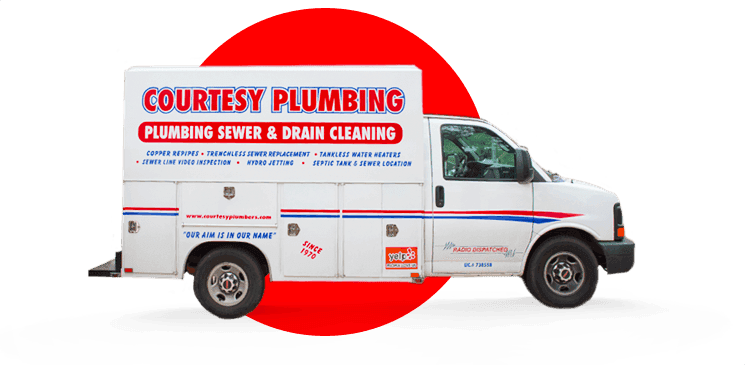Your home’s plumbing system is crucial for providing clean and safe water to your household. Over time, however, pipes can corrode, leak, or become damaged, warranting the need for repiping. When it comes to repiping, two popular options are copper and PEX (cross-linked polyethylene) pipes. Both options have their own unique benefits, drawbacks, and costs, making it essential to understand the differences between them before making a decision. In this guide, we will delve into the world of copper and PEX repiping, exploring their respective advantages and disadvantages, as well as discussing the factors to consider when choosing the right repiping solution for your home.
1. Copper Repiping: A Time-Tested Solution
For many years, copper has been the gold standard for residential repiping projects. Known for its durability, reliability, and resistance to corrosion, copper has long been a trusted material for plumbing systems. Some key benefits of copper repiping include:
– Longevity: Copper pipes have a service life of 50 years or more, meaning they can last for decades without needing replacement.
– Heat tolerance: Copper can withstand high temperatures, making it an ideal choice for hot water systems.
– Bacterial resistance: Copper’s natural resistance to bacterial growth helps maintain the cleanliness of your home’s water supply.
However, copper repiping does come with some drawbacks to consider:
– Cost: Copper pipes and fittings tend to be more expensive than PEX, which can impact your budget.
– Installation challenges: Copper repiping may require more time and effort to install due to soldering and threading required.
2. PEX Repiping: A Modern and Flexible Alternative
PEX is a flexible plastic pipe material that has gained popularity in recent years due to its ease of installation and cost-effectiveness. While relatively new compared to copper, PEX has quickly become a preferred choice for many homeowners and plumbers looking for a versatile and budget-friendly repiping solution. The pros of PEX piping include:
– Lower cost: PEX pipes and fittings are generally less expensive than copper, resulting in a more affordable repiping project.
– Faster installation: Due to its flexibility, PEX can be installed more quickly and easily compared to copper, which may result in lower labor costs.
– Freeze resistance: PEX’s flexibility allows it to expand and contract with temperature changes, reducing the risk of burst pipes caused by freezing temperatures.
– Energy efficiency: PEX’s thermal properties help minimize heat loss, resulting in more energy-efficient hot water delivery.
Despite its numerous advantages, PEX has some drawbacks to be aware of:
– UV sensitivity: PEX is sensitive to ultraviolet light, which means it cannot be used for outdoor applications without proper protection.
– Limited lifespan: While PEX typically comes with a 25-year warranty, its actual service life may be shorter than that of copper pipes.
3. Comparing Costs: Copper vs. PEX
When evaluating the costs associated with copper and PEX repiping, it’s essential to consider not only the material costs but also the installation and potential maintenance expenses. Copper piping, although more costly upfront, can provide a longer-lasting solution that may require less maintenance over the years. Meanwhile, PEX may offer a more budget-friendly option for those looking to repipe their home without breaking the bank.
Overall, the costs associated with each repiping option will depend on your specific project scope, local labor rates, and personal preferences. It’s crucial to consult with a professional plumber to assess your unique situation and determine which option is the most cost-effective and suitable for your home.
4. Factors to Consider When Choosing Between Copper and PEX
When deciding between copper and PEX repiping, several factors should be taken into account, such as:
– Durability and lifespan: Determine the expected service life of each option and factor in the potential for future repairs or replacements.
– Maintenance requirements: While both materials are relatively low-maintenance, it’s crucial to understand any specific maintenance needs and potential repair costs associated with each option.
– Resale value: Consider the impact that each repiping solution may have on your home’s resale value. Copper is often preferred by homebuyers due to its established reputation for durability.
– Local building codes: Ensure that your chosen repiping option complies with all applicable local building codes and regulations.
– Climate: The climate in which you reside can play a significant role in your repiping decision, as some materials may be better suited to specific temperature conditions.
Making the Right Repiping Decision for Your Home
Ultimately, finding the best repiping option for your home should be a carefully considered decision that takes into account factors such as performance, safety, longevity, cost, and local requirements. By understanding the benefits and drawbacks of copper and PEX repiping, you’ll be better equipped to make a decision that meets your home’s unique needs.
Trust the expertise of Courtesy Plumbers to guide you in selecting the ideal repiping solution for your home. Reach out to our professional team for additional guidance and begin the journey toward a more efficient and reliable plumbing system.



